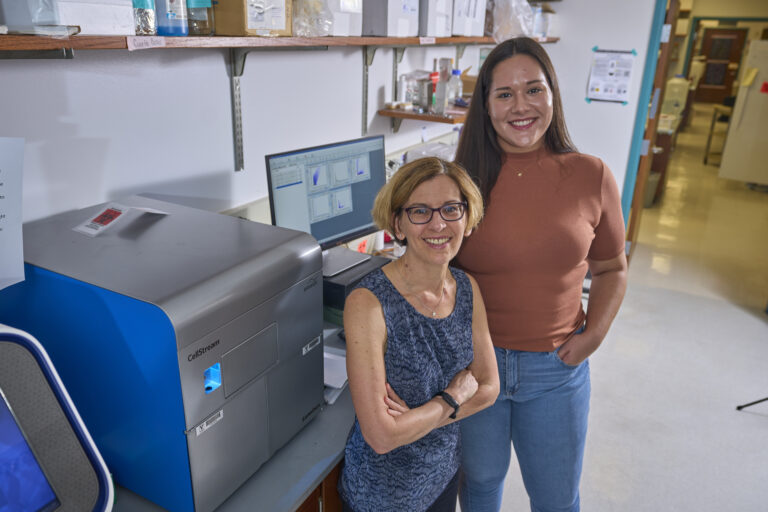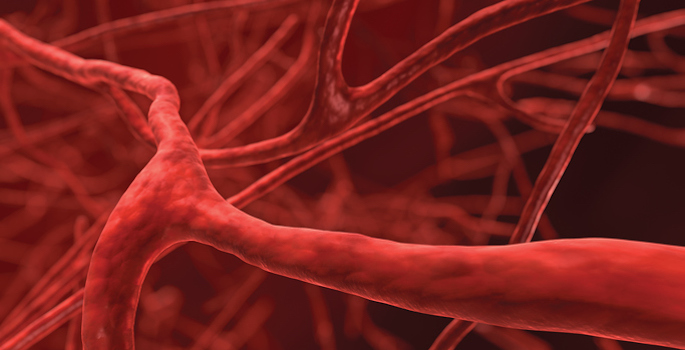Extracellular Vesicles
-

Vanderbilt scientists develop new tool that could lead to noninvasive “liquid biopsies”
Researchers from the School of Medicine Basic Sciences recently developed an analytical tool called EV Fingerprinting that could lead to the use of “liquid biopsies” as a substitute for traditional biopsies for certain patients or diseases. Read MoreJul 15, 2024
-

A $3M NSF grant to advance biomanufacturing could help establish an innovative method to deliver medicines to cells
“Biomanufacturing is a growing but critical field that is reshaping how we diagnose and treat some of the most devastating diseases known to humanity,” said Jamey Young, Cornelius Vanderbilt Professor of Chemical and Biomolecular Engineering and principal investigator on the four-year grant. “Vanderbilt is uniquely well-suited to help advance the future of biomanufacturing, given our... Read MoreSep 29, 2023
-

Ndukaife receives NSF Early CAREER Award to investigate cell-to-cell communication
Justus C. Ndukaife, assistant professor of electrical engineering, has received a prestigious NSF CAREER Award for foundational research in cell-to-cell communication. His CAREER project, “Resonant Dielectric Optical Metasurfaces for Single-Cell Extracellular Vesicles Analysis,” will enable Ndukaife to associate the properties of extracellular vesicles directly to their cell sources—up to the resolution of single cells—a capability that... Read MoreApr 18, 2022
-

NSF seed grant supports biomanufacturing of new drug delivery technologies
Vanderbilt researchers awarded one of NSF’s 24 new projects to drive future manufacturing One of the challenges of drug delivery systems is to optimize their targeting properties so therapeutic compounds used in smaller amounts reach only a specific area of the body and result in little or no side effects. The ability to engineer the... Read MoreOct 2, 2020